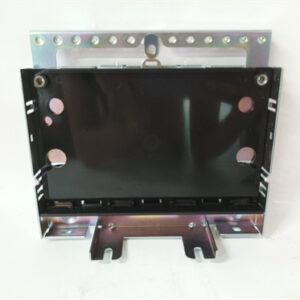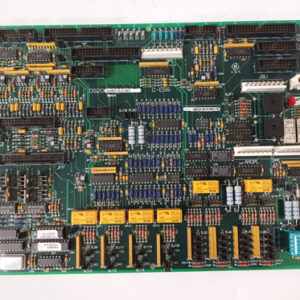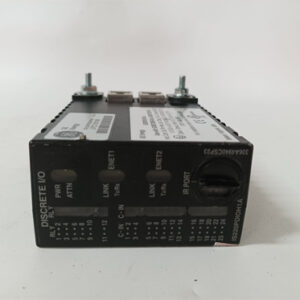الوصف
The GE part number IS200EDEXG2B is a De-Excitation Card for the EX2100 Excitation Control System. Its primary function is to safely and efficiently dissipate the magnetic energy stored in a generator’s field windings during a shutdown, whether it’s a normal stop or an emergency trip.
Function and Key Features
When a generator is running, the magnetic field in its rotor is maintained by a powerful DC current from the exciter. When the generator is shut down, this current needs to be removed quickly to prevent a dangerous overvoltage as the magnetic field collapses. The EDEX board handles this critical process.
- Energy Dissipation: The board contains the circuitry to redirect the stored magnetic energy from the field windings into a discharge resistor, safely and quickly dissipating it as heat. This prevents a large, potentially damaging voltage spike (back EMF).
- SCR De-Excitation: The board uses Silicon Controlled Rectifiers (SCRs) to perform the de-excitation. When the system initiates a shutdown, the board “fires” the SCRs, which creates a low-resistance path for the field current to flow through the discharge resistor, thus collapsing the magnetic field.
- Redundancy and Reliability: The EDEX board is designed with redundant features and is capable of initiating de-excitation on its own if the primary control from another board (like the EXTB) fails. This is a critical safety feature.
- Voltage Retention: The board includes capacitors and other components to retain voltage during a power outage, ensuring that the de-excitation function can still operate even if the main power source is lost.
Applications
The IS200EDEXG2B is an essential safety and control component in power generation facilities that operate the EX2100 system. It’s used for:
- Generator Protection: It prevents damage to the generator’s field windings and the excitation system by safely managing the high-energy discharge during shutdowns.
- Emergency Shutdowns: It is a critical part of the system’s emergency trip circuit, ensuring that the generator can be safely de-energized in the event of a fault.‘

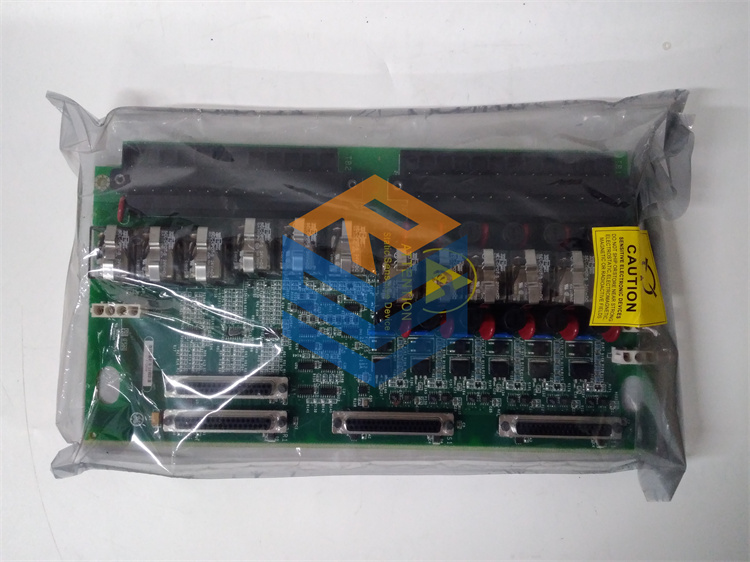
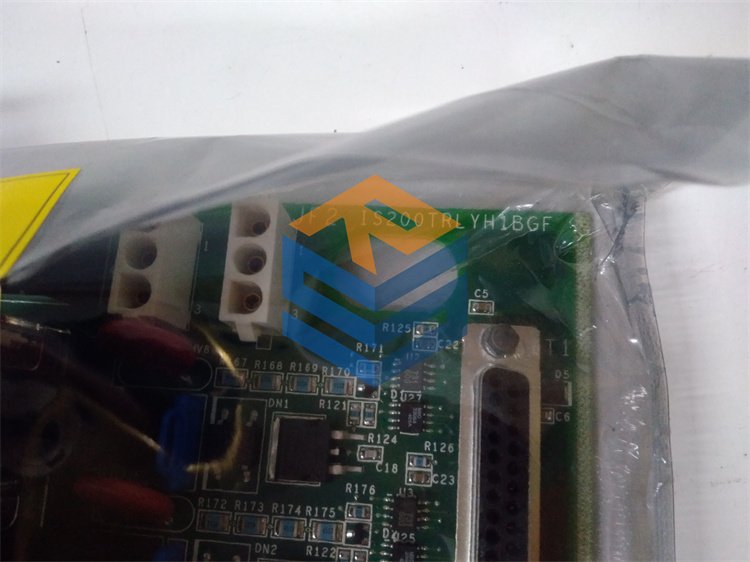

 +86 15340683922
+86 15340683922 +86 15340683922
+86 15340683922